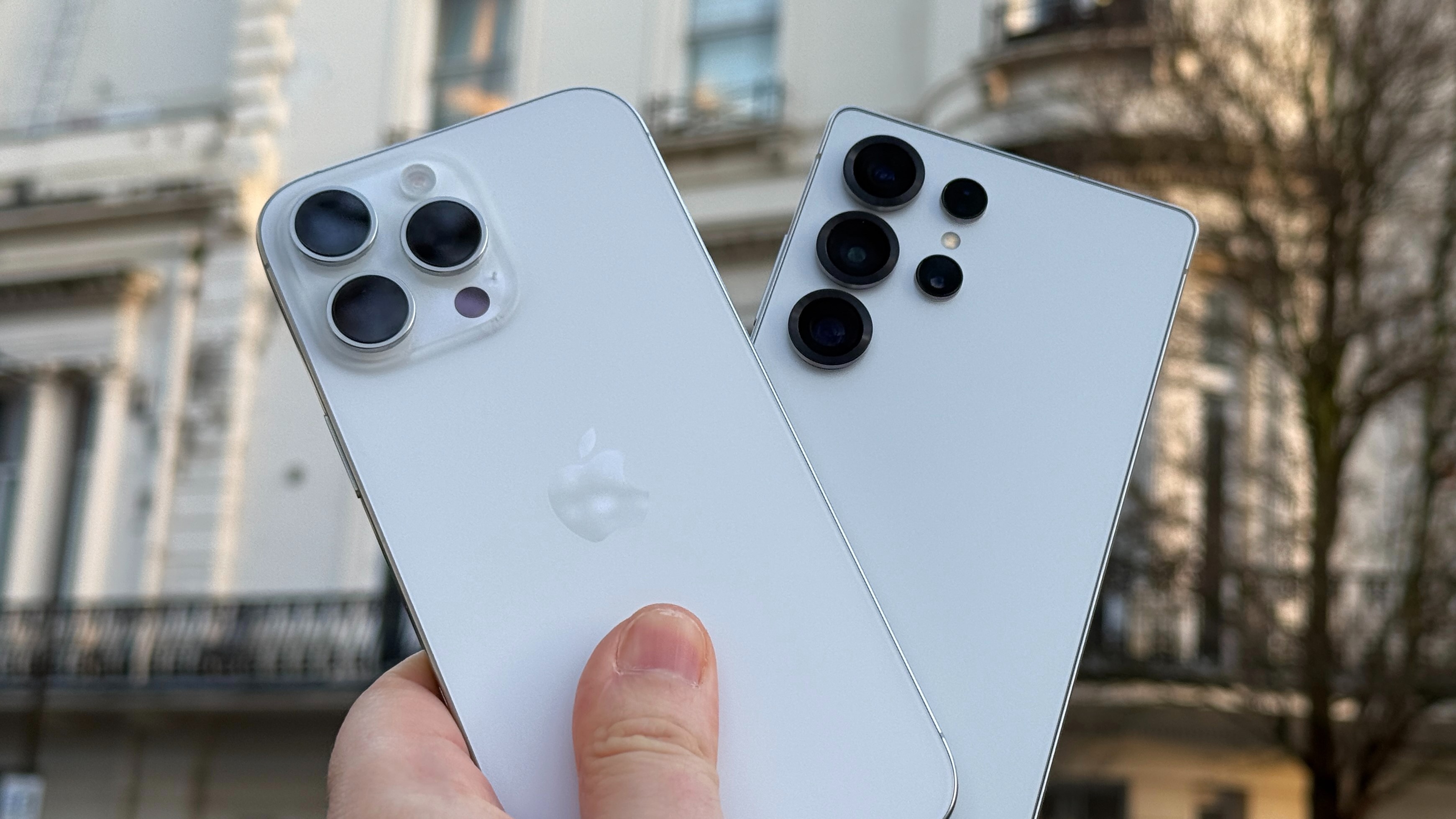- Google confirms that Instagram for Android is draining excessive battery power compared to similar apps
- The issue apparently lies with the standard Instagram app
- Google’s advisory urges users to fix the issue by updating their app
Think your Android smartphone’s battery life has been dropping faster than normal recently? The culprit may have been identified.
Noticing excessive battery drain in recent weeks, Android users on Reddit have been speculating that the Instagram app is responsible. In battery drain comparisons with other apps, Meta’s social media app appeared to be consuming far more of their capacity than it should for the amount of usage.
One Redditor, using a Samsung Galaxy A53, noticed that 54 minutes of Instagram screen time used 12.4% of their battery capacity, while 49 minutes of WhatsApp screen time used only 2.4%.
Google has now stepped in to apparently confirm what many suspected. In an advisory post entitled “Battery drain on Android devices”, posted on the Android support site, a Google community manager identified Instagram as the cause of said drain, and urged Android users to immediately update their Instagram app.
How to fix the Instagram battery issue

The latest build of the app at the time of writing (build 382.0.0.49.84) appears to resolve the issue, so if you’ve been noticing your smartphone losing battery power faster than expected, it’s well worth ensuring that you’ve downloaded this update.
Of course, there are lots of other ways to extend your battery life. These range from putting unused apps to sleep (go to Settings > Battery > Background Usage Limits) to turning on Power Saving or using Dark Mode.
So if you’re still having power problems after the update (or if you don’t even use Instagram) check out our guides below to keep things ticking along on your Android phone for as long as possible.






